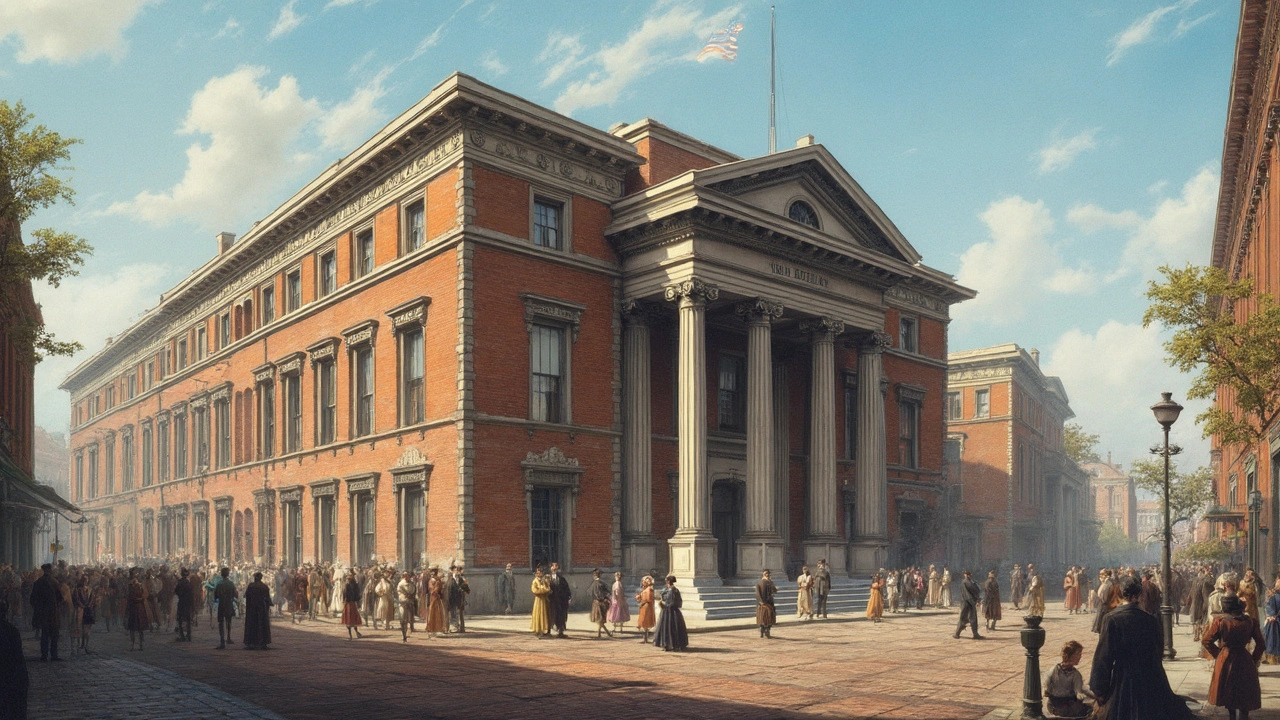Historic design: How old styles shape modern spaces
Historic design still shows up in our homes and cities every day. From columns on a courthouse to a cozy Craftsman bungalow, old ideas have a way of sticking around because they work. This guide helps you spot key historic styles and use them in real life without turning your place into a museum.
Start by learning the basics: form, materials, and details. Form means the building's shape and overall feel — think symmetry in Georgian homes or the steep roof of a Gothic Revival church. Materials tell a story too: brick, wood shingles, stone, and plaster each carry clues about time and place. Details are the small bits designers loved — carved brackets, stained glass, or a gambrel roof — and they often make the biggest visual impact.
Why bother with historic design? It adds character, increases resale value in many markets, and gives a sense of place. If you want modern comfort with old soul, reuse original elements when possible. Keep original windows, restore moldings, or refinish hardwood floors. When original pieces are gone, pick new ones that match the scale and material, not just the look.
Practical swaps that work: swap heavy draperies for simpler linen that keeps the room airy, add period-appropriate light fixtures instead of generic pendants, and choose paint colors that highlight trim rather than hide it. For kitchens, mix modern appliances with shaker-style cabinets or beadboard backsplashes to get balance. Small changes can make a big difference without a full renovation.
Protecting historic fabric matters. If you own an older house, check local preservation rules and tax incentives. Simple maintenance—fixing leaks, repointing mortar, and using breathable paints—keeps structures healthy. When hiring contractors, ask for experience with old buildings. Modern techniques sometimes damage historic materials, so choose tradespeople who understand conservation.
Want to blend styles? Pair historic exteriors with clean, modern interiors. That contrast lets original architecture shine while offering today's comfort. Or keep classic interior details and update the layout for open living. The key is respect: keep proportions and material quality consistent, and avoid tiny faux-details that read as fake.
Ready to start? Walk your neighborhood and take notes. Look at cornices, porch posts, and rooflines. Visit a local historic house museum and pay attention to how spaces flow. When you shop for pieces, focus on scale and texture rather than exact matches.
Historic design isn't about copying the past; it's about learning from it. Use what works, fix what doesn't, and keep the story of a place alive. You'll end up with spaces that feel honest, lived-in, and uniquely yours.
Quick checklist
start with a room-by-room survey and note original details. Prioritize fixes that stop damage first, like roof and gutters. Take photos and measurements before any work. Hire contractors who show previous work on old houses. Ask about compatible materials and breathable paints. Set a maintenance schedule and keep receipts and plans. Small, steady care prevents big, costly problems later. Start small and be patient.

Exploring the Grandeur of Federal Architecture
Federal architecture, a style deeply rooted in history, remains a symbol of elegance and civic pride. Known for its symmetrical shapes, classic lines, and refined ornamentation, this architectural style was popular in the United States from the late 18th to the mid-19th century. It was heavily influenced by Roman classicism and became an expression of the ideals of the newly-formed American republic. This article delves into the distinct features of federal architecture, showcasing its lasting impact on modern design.
Read more
Federal Architecture: Classic Elegance Explained
Federal architecture is known for its classic elegance, marked by symmetry, balance, and distinct decorative elements. Emerging in the United States between 1780 and 1830, this style draws heavily from Roman and Greek influences. Its use in prominent buildings and modest homes alike showcases its versatility. Understanding key characteristics can help in recognizing examples of this architectural style. Exploring federal architecture can provide insights into American history and design evolution.
Read more